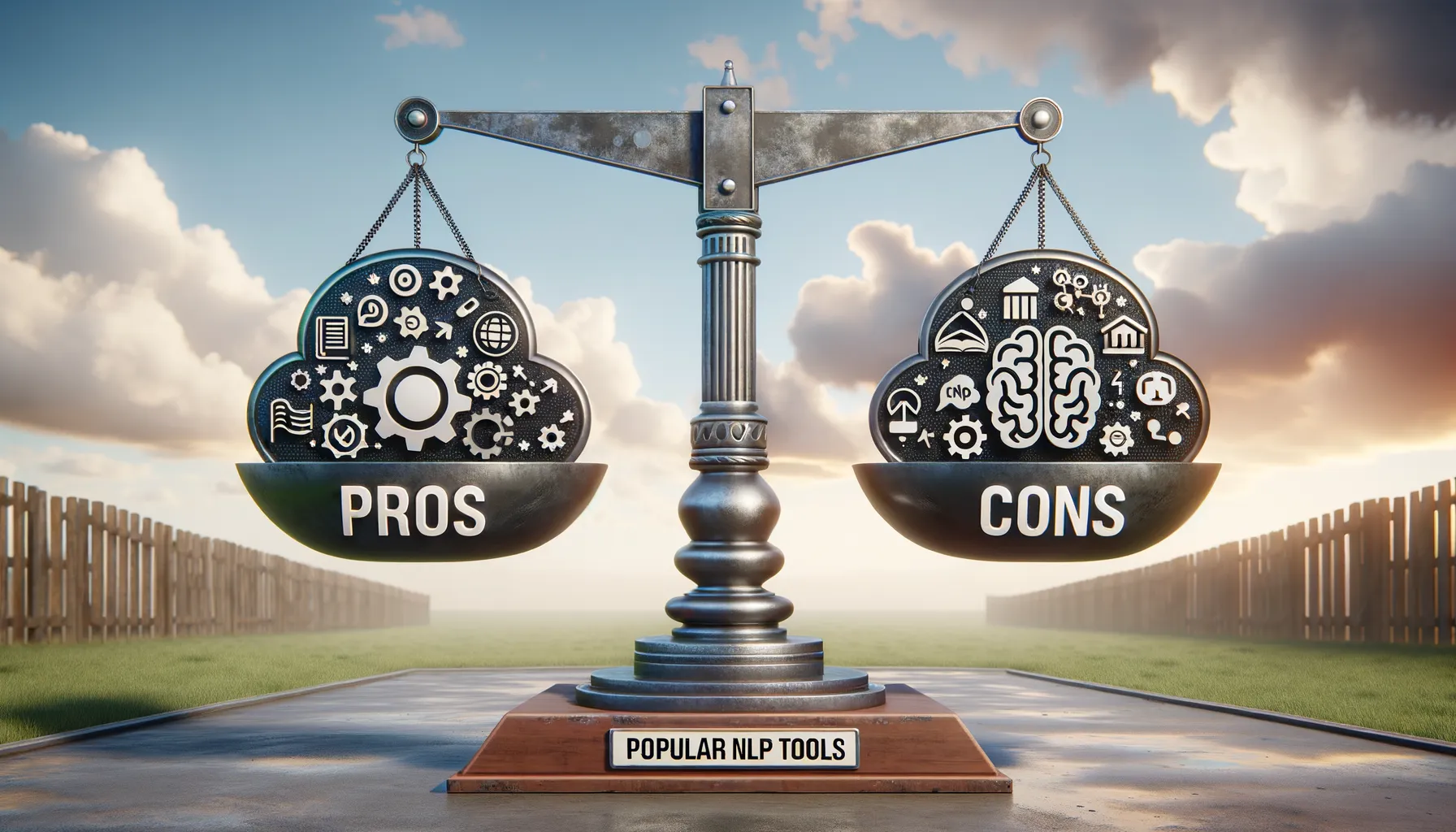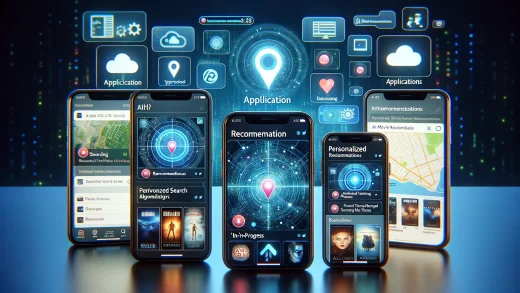Key Features to Look for in NLP Tools
Must-Have Traits in Amazing NLP Tools
When it comes to choosing the perfect NLP tool for your app, think of it like picking a dance partner—they’ve got to have the moves that match yours. Here’s what you absolutely can’t compromise on:
- Language Support: Whether your app whispers in Spanish, chats in Mandarin, or jokes in English, your NLP tool should speak the same languages as your users.
- Accuracy: Nobody likes playing a guessing game with meaning. Look for tools that nail context recognition, especially when the words get tricky. (Yes, we’re talking about sarcasm, typos, and all those quirks!)
- Real-Time Processing: Instant gratification isn’t just for social media—you need responses faster than you can say “natural language processing.”
Customization Is King
Picture this: an NLP tool that not only speaks but thinks in your app’s unique voice. A goldmine, right? That’s why custom training options are gold. Whether you’re building a chatbot that dishes out dad jokes or analyzing market trends, being able to tweak algorithms to fit your dream use case is non-negotiable. Don’t settle for cookie-cutter solutions—they’ll leave you hungry for more.
Top AI Tools for NLP in Application Development

Powerhouses Driving NLP in Your Applications
Natural Language Processing is the secret sauce every modern app needs to feel more intuitive, more… human. But what tools can actually deliver the magic? Let me introduce you to a few game-changers you’ll want in your toolkit.
– **Google Cloud Natural Language API**: This one’s like having an insightful linguist at your fingertips. It analyzes sentiment, extracts entities, and reveals the nuances of *context* in text—perfect for apps that need to understand tone or key ideas buried in user input.
– **Hugging Face Transformers**: Think of it as the Swiss Army knife of NLP. From pre-trained models to cutting-edge fine-tuning, this library makes state-of-the-art AI accessible without tearing your hair out over implementation.
– **OpenAI GPT (ChatGPT)**: It doesn’t just process language; it creates conversations. Whether building chatbots or generating content, this tool works wonders at blurring the line between human and machine.
Tailored Solutions Without the Stress
Choosing the right tool often depends on your app’s goals. For deep language understanding, opt for **spaCy**, which excels with both speed and depth. Need language translation? Try **Microsoft Azure Text Analytics**, a trusted ally for multilingual apps. Personal note: it’s like having a professional translator work at warp speed.
Use Cases of NLP Tools in Various Industries

Transforming Healthcare and Customer Service with NLP
Natural Language Processing is the secret ingredient behind many industry revolutions. Take healthcare, for example—it’s not just about spreadsheets and patient records anymore! NLP tools are enabling doctors to extract insights from heaps of unstructured data like clinical notes. Imagine an AI that highlights potential diagnoses based on symptoms from text—saving time and lives. Oh, and let’s not forget chatbots automating appointment scheduling and answering queries in real-time. Efficient AND empathetic.
Now, picture customer service. Forget endless phone trees—NLP-driven solutions analyze incoming messages, categorize them, and even suggest personalized responses. It feels like a human on the other side, doesn’t it?
- Sentiment analysis for gauging customer emotions (Should you apologize or upsell?)
- Real-time translation for global communication with zero language barriers
- Automated ticket prioritization to address urgent needs first
Retail and Finance: Where Words Equal Transactions
In retail, NLP doesn’t just assist; it sells. It powers product recommendation engines that *understand* what customers really need. By analyzing search queries and reviews, these tools can predict trends, tweak inventory, and even write better product descriptions.
Meanwhile, in finance, think fraud detection. NLP tools skim through piles of transactional data like hawks spotting prey, identifying anomalies in wording that humans might miss. They’re also wizards at legal compliance, breaking down dense regulations into usable insights for businesses.
When industries weave NLP into daily operations, they’re not replacing humans—they’re amplifying them.
Pros and Cons of Popular NLP Tools

What Makes Some NLP Tools Shine and Others Fall Short?
Navigating the realm of Natural Language Processing tools can feel like wandering through a high-tech jungle. Each tool promises to revolutionize how you build your app, but what’s the fine print? Let’s break it down.
Pros:
- OpenAI GPT: The king of finesse! This model generates eerily human-like text, making chatbots sound like your best friend. Plus, its versatility makes it a favorite in content creation and customer support.
- Google Cloud NLP: Fast, accurate, and armed with sentiment analysis—it’s like giving your app emotional intelligence. Ideal for apps needing rich insights from text data.
- SpaCy: Developers adore its speed. Think of it as the sports car of NLP libraries—lean, mean, and developer-friendly for custom solutions.
Cons:
- GPT Pricing: Ouch. While its capabilities are jaw-dropping, the price tag can sneak up on you, especially with heavy usage.
- SpaCy: A DIY enthusiast’s dream… until deployment. It demands considerable effort to scale, which might sink your timeline if you’re in a rush.
- Google Cloud NLP: Privacy concerns can haunt you when working with sensitive user data—it’s something to consider if your app handles confidential information.
The Balancing Act: Power vs. Practicality
Choosing an NLP tool is like finding the perfect pair of shoes: comfort, style, and purpose all matter. Sure, GPT dazzles with creativity, but is that worth the cost? On the other hand, SpaCy wants you to roll up your sleeves, which could be rewarding or frustrating based on your team’s skills. Then there’s Google Cloud NLP—a robust choice, but do you trust it fully with your users’ secrets?
At the end of the day, picking the right tool means understanding not just the power they bring, but also the trade-offs you’ll live with.
How to Choose the Right NLP Tool for Your App

Pinpoint Your App’s Specific Needs
Choosing the right NLP tool for your app is like finding the perfect pair of shoes—what works for others might not be what you need. Start by asking, “What job do I want this tool to do?” Are you building a voice assistant that understands accents, or a chatbot capable of deciphering slang? Maybe you need sentiment analysis to see if a customer review is glowing or grumbling. Here’s where clarity is king: define the scope of your use case before diving in.
Consider these questions:
- How complex are the language tasks? Simpler tools like Python’s SpaCy work wonders for straightforward tasks, while a more intricate platform such as BERT shines in handling nuance.
- Does the tool support your app’s coding language? Not all NLP tools play nice with every programming framework!
Don’t Overlook Scalability and Budget
Thinking long-term can save you from a headache later. Imagine this: your app starts small but explodes in popularity. Can the NLP tool scale with your growing data demands? Platforms like Google Cloud Natural Language API are practically built for growth, while open-source alternatives may require you to roll up your sleeves for customization.
Now, let’s talk money. Tools like Hugging Face offer free options, but for enterprise-level performance, brace yourself for those recurring invoices. Sometimes paying more upfront means fewer regrets down the line. So, balance cost with must-have features like multilingual support or real-time processing.



